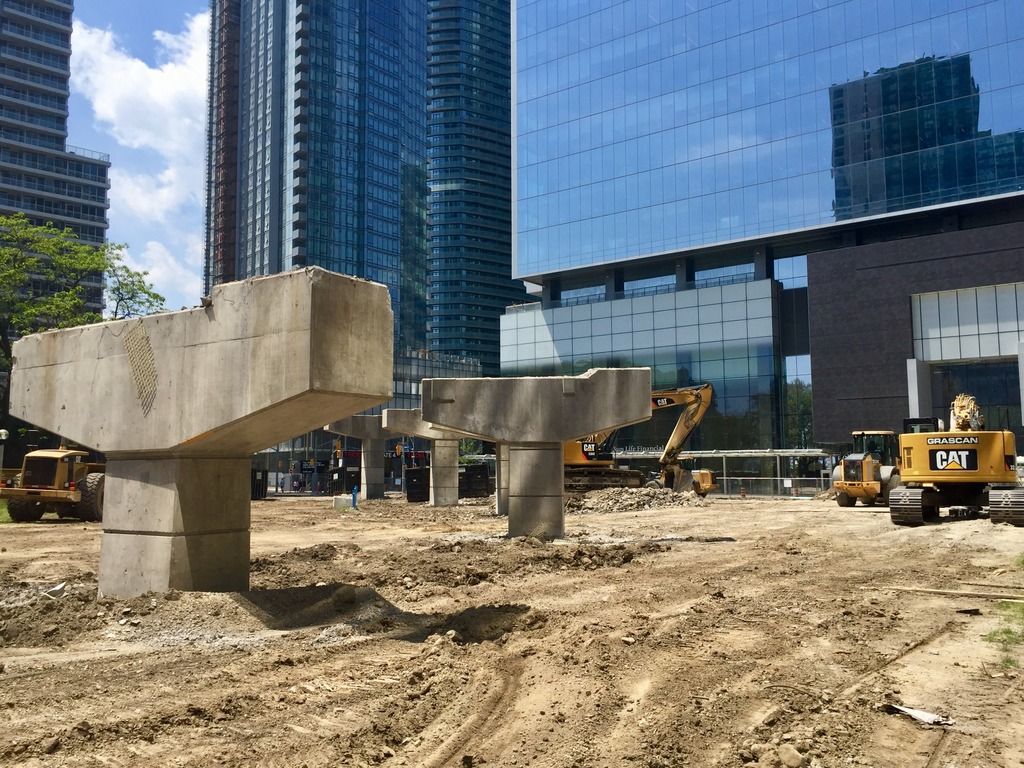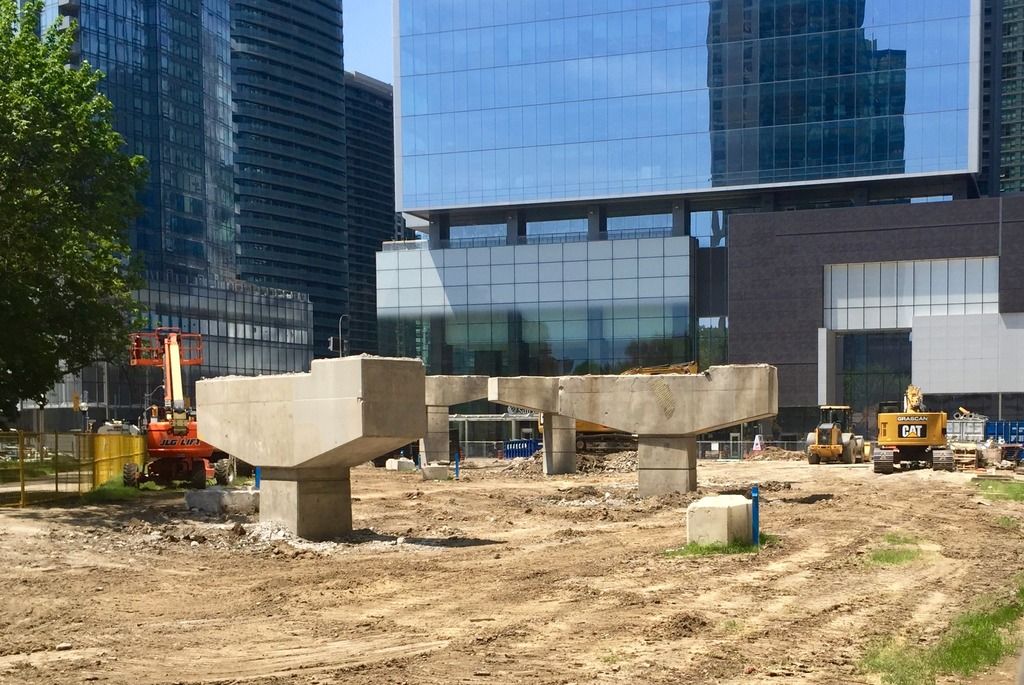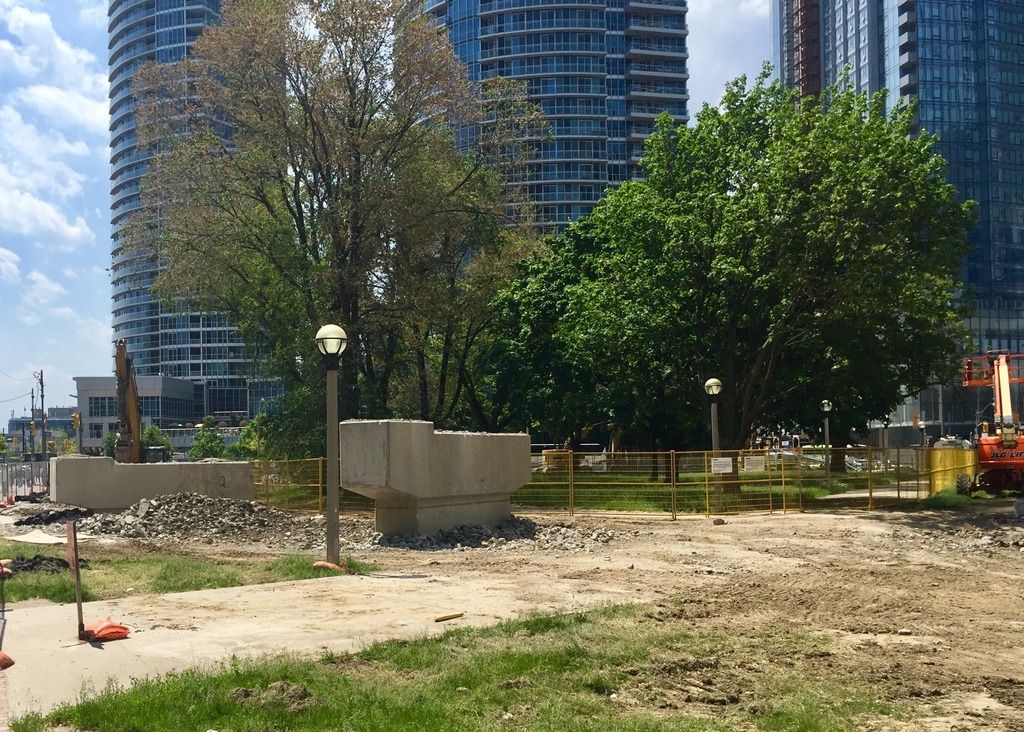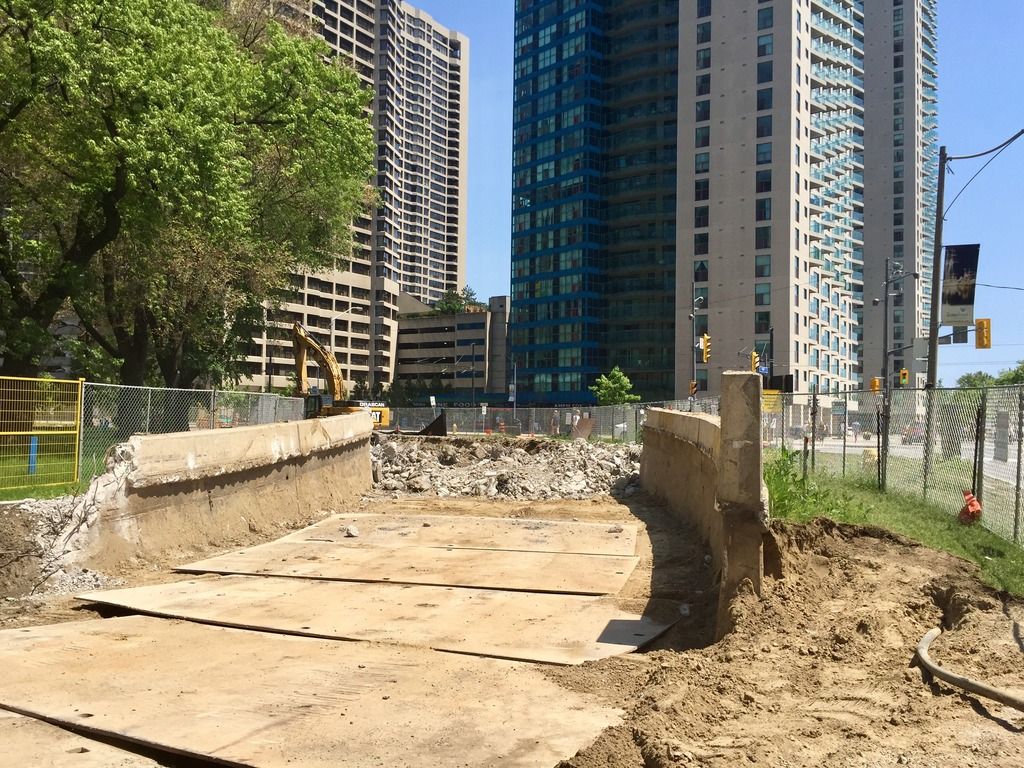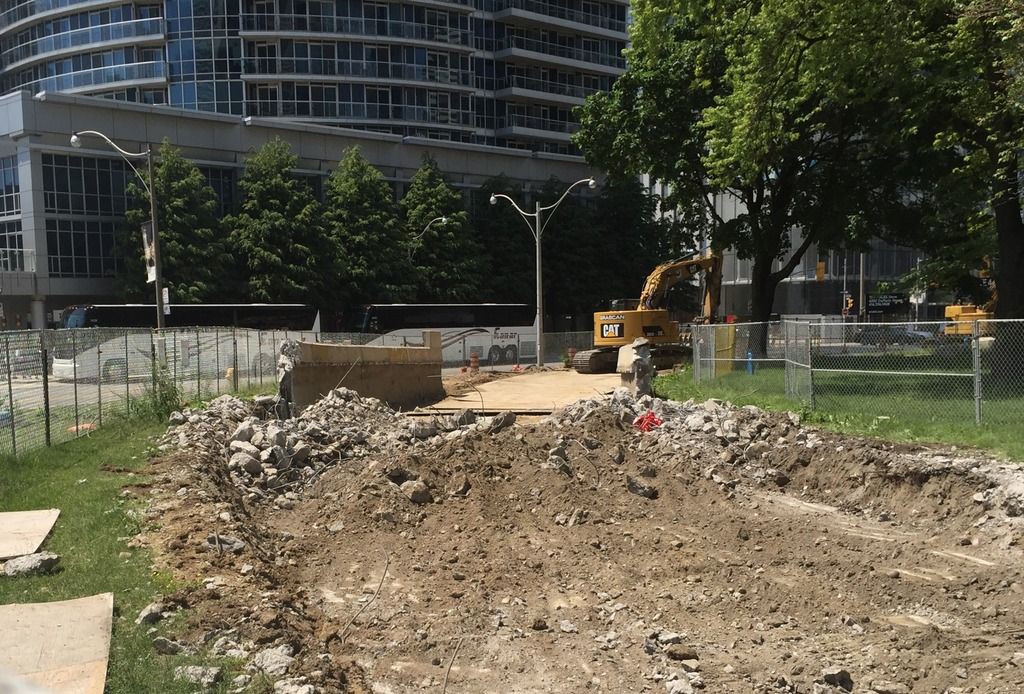Considering that it cost 3 times as much to paint on site than at the shop, I don't think it will be painted.
Back in the day, all steel had to be painted to protect from corrosion.
Now, or since 1968, they use Atmospheric Corrosion Resistant (ACR) steel, known originally by the proprietary name "Corten Steel". This has about 1% Chromium (and some nickel). The theory is that the steel forms a rust layer of tighter grain structure on the surface (patina) that is supposed to prevent the rust from penetrating deeper. This should give a uniform brown appearance. However, it appears that in the presence of very high humidity, or high pollution, this patina does not form properly and rusting continues. You can see this on some bridges that are very low to the water, or in high traffic area where trucks idle underneath (highway 11 Barrie to Gravenhurst and 402 Sarnia are good examples of bad patina).
